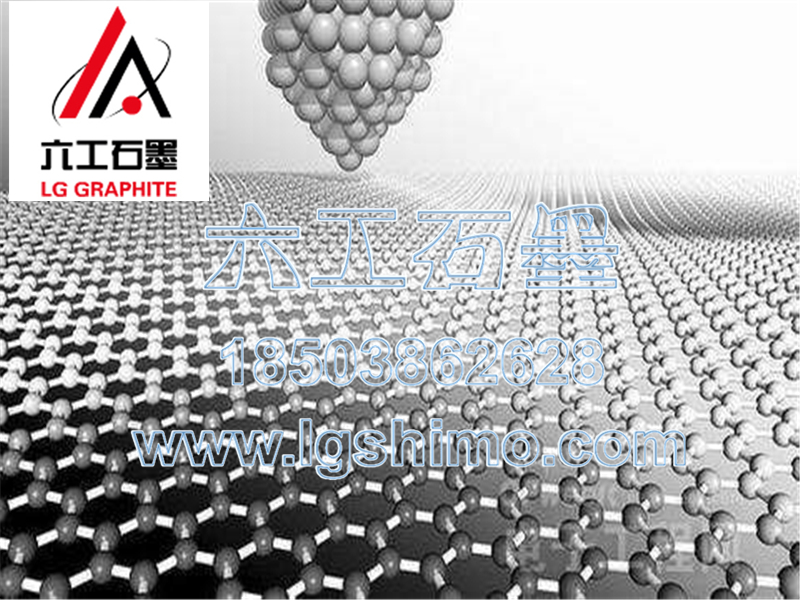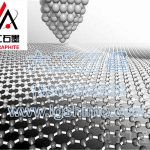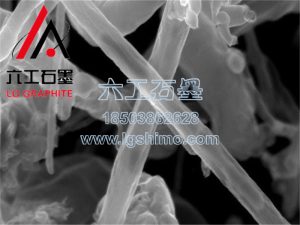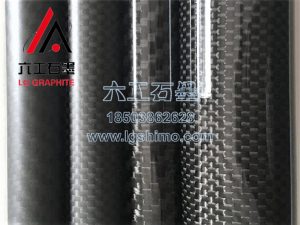Graphene is based on the advantages of large specific surface area, high strength, good chemical stability, strong modifiability and good electrical conductivity. Graphene can not only absorb organic solvents, heavy metals and other pollutants in water well, but also can be used as catalyst carrier It catalyzes the degradation of pollutants in water, so it has been widely studied as a sewage treatment material. Graphene is the hardest material in the world.
Graphene materials can be used to adsorb organic pollutants in water, such as organic dyes, hydrocarbons, crude oil, pesticides and some organic substances.
Status and trends of technical application of graphene materials in the field of water treatment:
In water treatment, in addition to the role of filtration, graphene-like carbon materials also have an important role, that is, adsorption. As a water treatment adsorbent, it can adsorb three types of pollutants: organic matter, metal ions and inorganic anions.
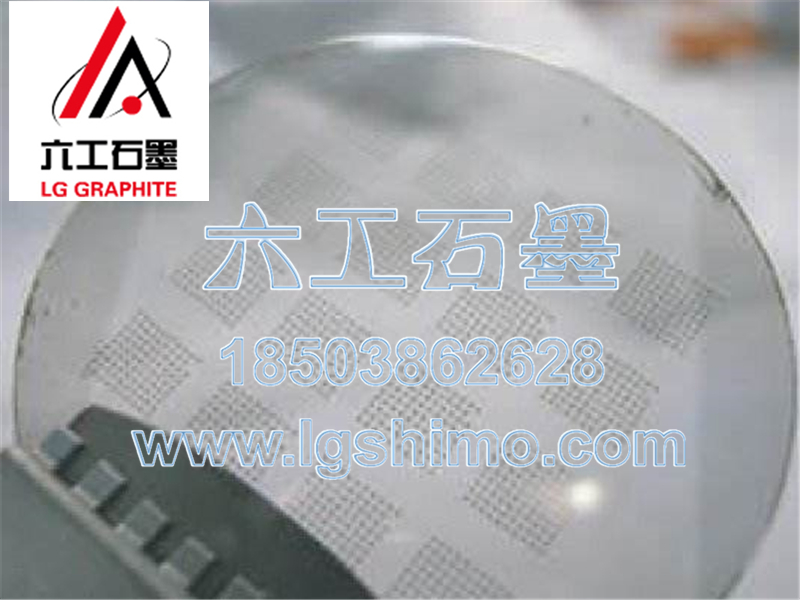
The huge specific surface area of graphene makes it an adsorbent. In addition to graphene and the above-mentioned graphene oxide, common graphene-like carbon materials also include reduced graphene oxide. The preparation of the latter two is usually obtained by redox reaction of graphite.
Graphene oxide has a large number of hydroxyl groups, carboxyl groups, epoxy groups and other oxygen-containing groups. It is a hydrophilic substance and has good compatibility with many solvents. The pollutants are combined to remove organic pollutants in the dye wastewater. For example, in the process of methylene blue (MB) removal, it is mainly through electrostatic interaction and π-π bonding. The electrostatic effect is because the surface of methylene blue is positively charged and the surface of GO is negatively charged.
The removal of metal ions from graphene oxide is due to the fact that oxygen-containing groups such as epoxy groups, carboxyl groups, and hydroxyl groups on the surface of graphene oxide can undergo complex reactions with metal ions, especially multivalent metal ions.
Chitosan is considered to be one of the promising adsorbents for the removal of heavy metal pollutants in wastewater, but its mechanical strength and physical stability are poor. Methods to enhance the performance and adsorption capacity of chitosan have been studied. The combination of graphene oxide and chitosan and other adsorbents forms a composite structure with a huge specific surface area, which can enhance the adsorption performance and is the research direction of new graphene materials.
For example, graphene oxide is combined with chitosan, Fe3O4 and other magnetic materials to form composite materials, which can enhance the surface properties of the materials, thereby improving the adsorption performance, which has attracted much attention. Fe3O4-chitosan-GO composites are used to remove methylene blue, and the advantages of this kind of composites are environmental friendliness, degradability, rapid adsorption and easy separation.
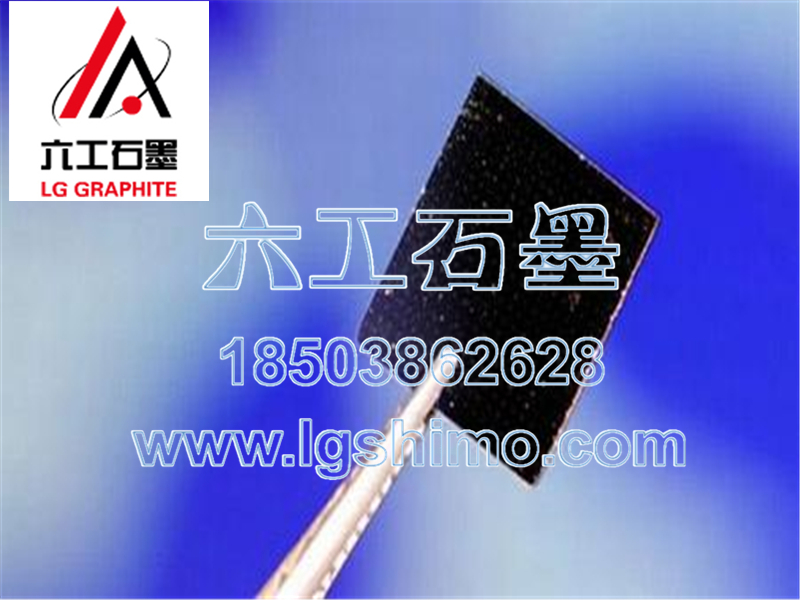
Reduced graphene oxide (RGO) with up to 95% removal rate for anionic dyes. This is because the reduced graphene oxide reduces the carbonyl group on the surface of GO to a hydroxyl group, which increases its surface potential and increases the C—OH and C—H bonds. The adsorption capacity for some anions is stronger.
Graphene composites can be used as photocatalysts for photodegradation of pollutants. This is because the chemical structure of graphene enables it to have high electron transport properties. In photoelectric conversion and photocatalysis applications, the combination of graphene-like carbon materials and photocatalytic materials can play a synergistic effect of the two materials in water treatment. . Graphene-like carbon materials act as adsorbents and electron acceptors in composite materials, effectively enhancing the photodegradation effect of common photocatalytic materials on organic dyes and heavy metal pollutants.
TiO2 is stable and is one of the good photocatalytic materials. However, the electron-hole pairs generated by photo-excited TiO2 are very easy to recombine, and the electron transport properties of graphene can reduce the recombination of photogenerated carriers and improve the photocatalytic efficiency of TiO2. For example, TiO2/GO composites are used to treat methylene blue. Under both UV and visible light, the adsorption capacity and photocatalytic capacity were improved. The reason is the synergistic effect of aspects, including the increase of the specific surface area of the complex, the π-π bond interaction between the dye molecule and the aromatic ring, and the role of methylene blue and the oxygen-containing groups on the surface of the graphene material. In terms of optical properties, the addition of graphene oxide enables the formation of Ti—O—C bonds, reduces the energy band gap of TiO2, and enhances the photodegradation effect of organic dyes.

